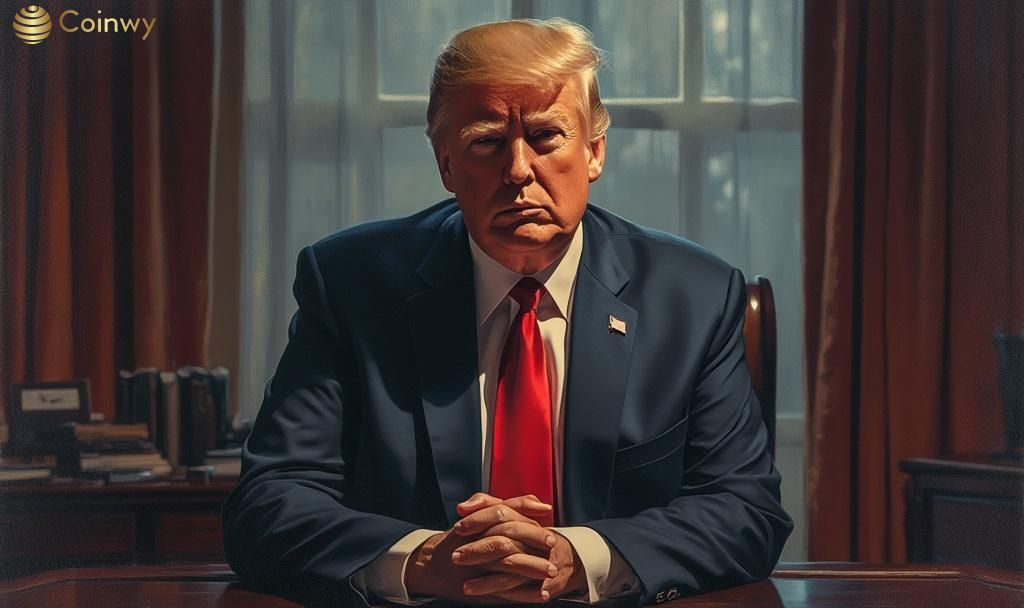Key Takeaways:
- Trump’s tariff policy execution in two weeks.
- Leadership determined to proceed quickly.
- Potential tension in global trade scenarios.
This move highlights a persistent U.S. trade strategy under Trump’s leadership, influencing global trade dynamics amidst current market stability.
Donald Trump announced plans to levy tariffs on several U.S. trading partners, with tariffs on aluminum and steel increasing to 50%. This decision follows previous tariffs introduced during his presidency to negotiate trade terms.
In upcoming trade measures, President Trump will raise tariffs, impacting several industries importing goods into the United States. Elevated tariffs on aluminum and steel arise directly from this proclamation, expected to affect various global partners.
Financial repercussions are anticipated, particularly in industry sectors reliant on these imports, potentially increasing operational costs. Political reactions vary as nations consider responses to U.S. trade tactics.
“Now, at a certain point, we’re just going to send letters out, and I think you understand that, saying this is the deal. You can take it, or you can leave it. You don’t have to use it. You don’t have to shop in the United States, as I say.” – Donald J. Trump, President of the United States
Historical trade strategies during Trump’s presidency previously led to financial market fluctuations, signaling potential volatility. Analysts observe these practices could propel shifts in industry pricing structures and economic policies globally.
Potential outcomes include heightened trade tensions and realigned global trade policies. These measures may coincide with shifts in market-based trust mechanisms and technology-driven trade solutions, influenced by past experiences in 2018-2019. The absence of explicit cryptocurrency involvement, however, indicates indirect influence at most.






